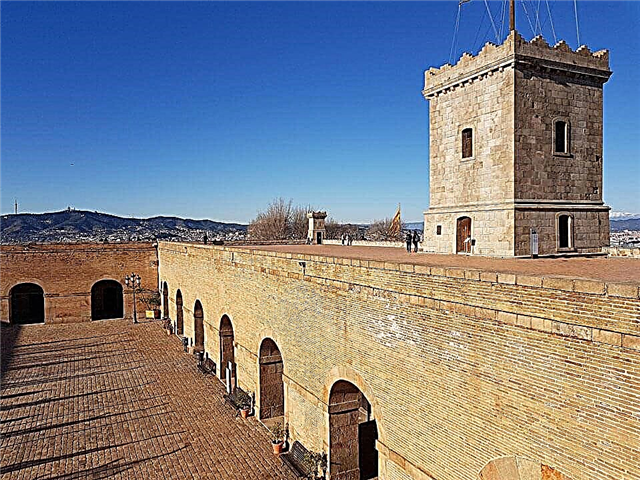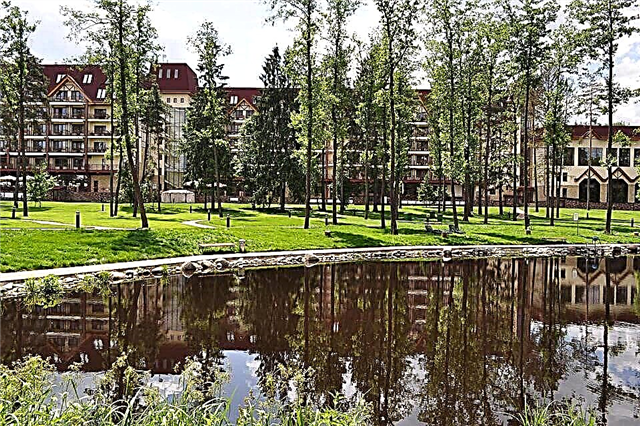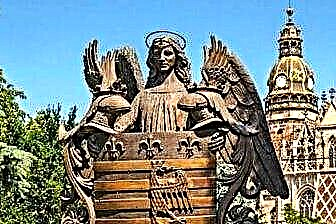The Orloj Astronomical Clock, or as it is also called the Prague Astronomical Clock, is one of the symbols of the Czech capital. Tourists constantly crowd around them, hoping to see a small colorful performance that takes place every hour.
The history of the Orloi astronomical clock
The first mention of Orloi watches dates back to the distant 1402. Since then, they have gone through an uncountable number of reconstructions, restorations, modernizations, but never left the Old Town Square. Initially, it is difficult to say how the watch looked. It is known for sure that in 1410, thanks to the efforts of the astronomer and mathematician Jan Schindel, they became mechanical and acquired the legendary astronomical dial. Eighty years later, in 1490, the watch was modernized by the master Ganush, who added a lower dial to it, and also made it "polished" by decorating with Gothic sculptures. In the 17th century, they were accompanied by the figurines of the apostles. As a result, the mechanism turned out to be really complicated.

A special person was responsible for maintaining the watch in good condition, but it was not always possible to find a worthy specialist. Because of this, the chimes often broke, and sometimes even stopped for a while on the orders of the king. In 1945 the clock faced a serious test - it burned down together with the Old Town Hall. Perhaps this was one of the most tragic moments for the inhabitants of Prague during the Second World War. For three years, the best craftsmen in Europe have been collecting Orloi literally on cogs. As a result, today 75% of parts in watches are old, original, and 25% are new. However, the mechanism was completely preserved - it remained the same as it was many years ago.
Astronomical dial and statues
The Orloi astronomical dial is a whole system showing time in 4 dimensions.
1. Old Bohemian, the outer circle with the Schwabacher numbers is responsible for it. It is easy to see that it moves relative to the main dial. This is due to the fact that in old Prague the countdown of the day began at sunset, which means that it happened in different times of the year in different ways.
2. Central European time - the second (if counted from the outside) circle with Roman numerals is responsible for it.
3. The Arabic numerals of the third circle indicate sidereal time and indicate daylight hours.
4. And finally, the most difficult dimension is the so-called Babylonian time. It is indicated by the ring of the Zodiac moving around the planet Earth (blue circle in the center). Thanks to him, you can find out in which constellation the Sun is at a given moment.

The dial is surrounded by 12 animals - real and fictional. They did not appear here by chance, each has its own meaning, many are called upon to perform a protective function. On the sides there are 4 sculptures: a magician, a curmudgeon, a skeleton and a Turk, which are the personification of human vices. The lower dial of Orloi represents the Manes calendar. There are also 4 sculptures around it: Archangel Michael, philosopher, chronicler and astronomer. Every hour from 8-00 to 20-00 the astronomical dial of the Orloi clock turns into a place where a real theatrical action is played out. The sculptures of Christ and the 12 apostles appear in the upper windows, then a real "struggle" with human vices unfolds.

[leveltravel country = ”CZ” city = ”Prague”]
Where are and how to get to the Prague Astronomical Clock
The Orloj Astronomical Clock is located in the Old Town Square, right on the tower of the Town Hall of the same name. You can get here by metro (the nearest station is Staromestska), trams no. 1, 2, 14, 17, 18, 25, 53 (the stop is named the same as the metro station) or bus 194 (the stop area).











